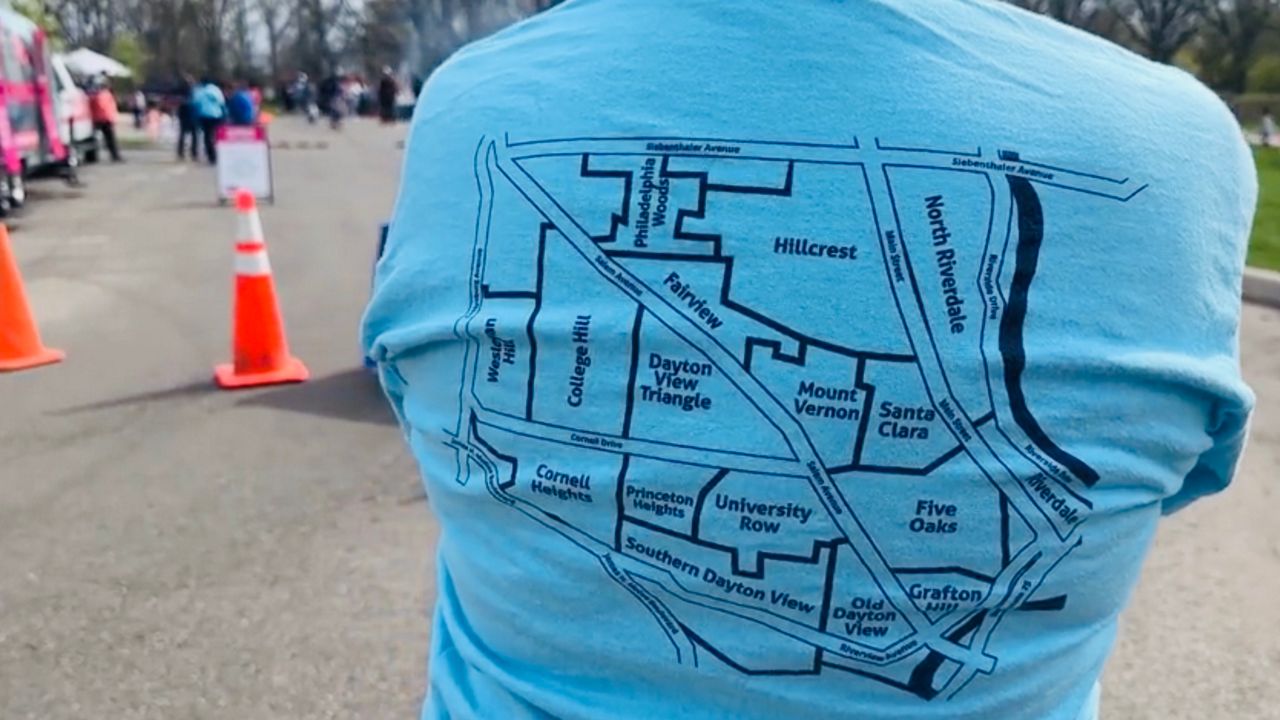CINCINNATI — Everyday tasks like brushing teeth or getting dressed can become challenges for people living with spinal cord injuries. But researchers at the University of Cincinnati are working on a new device that could help restore independence and grip strength to those individuals.
Backed by a $200,000 grant from Paralyzed Veterans of America, a UC research team is developing a user-friendly exoskeleton that combines robotics and functional electrical stimulation (FES).
“We’re creating a hybrid system where most of the motion is driven by electricity,” said Derek Wolf, assistant professor at UC and the project’s lead investigator. “That’s important because it uses the person's own muscles, which helps maintain strength and could support rehabilitation.”
Disability advocate Sarah Elam, who lives with multiple sclerosis, is a key voice in the project. Elam has firsthand experience with mobility challenges and now works alongside researchers to ensure the device is practical and responsive to user needs.
“I’m able to feed myself — until I get tired,” Elam said. "I’m helping others and making sure the word gets out. People need to know about this.”
Elam’s involvement ensures the device is being designed with real-world challenges in mind.
“They’re there every day telling us, ‘This is a good idea. This is not a good idea. These are what my real needs are,’” Wolf said.
But Wolf isn’t working alone. Ryan Cuda, a Ph.D. student at UC, is also part of the team. Cuda once planned to join the military, but an arm injury altered that course. Now, he’s channeling his energy into research that he says makes a real-world difference.
“Just take someone who can't do a task in their daily life and go to a position where this is the first time they've done it in multiple years,” Cuda said. “It's really impactful to see.”
According to the National Spinal Cord Injury Statistical Center (NSCISC), approximately 308,000 Americans are living with spinal cord injuries, with more than 18,000 new cases each year. Elam hopes this project will help a broad range of people beyond just herself.
“I’m just one little tiny person out of a great variety of disabilities that this could help,” she said.
The research team includes graduate students and another disability advocate, all contributing to a design that could one day improve the daily lives of thousands.
The team is currently in the prototype phase, which will span the first 18 months of the two-year project. Afterward, they plan to conduct a small-scale usability study to evaluate how the device performs outside the lab.









